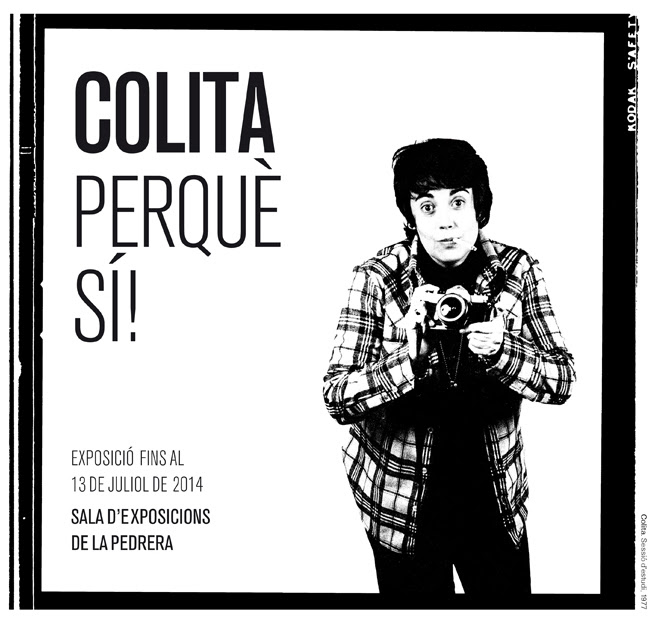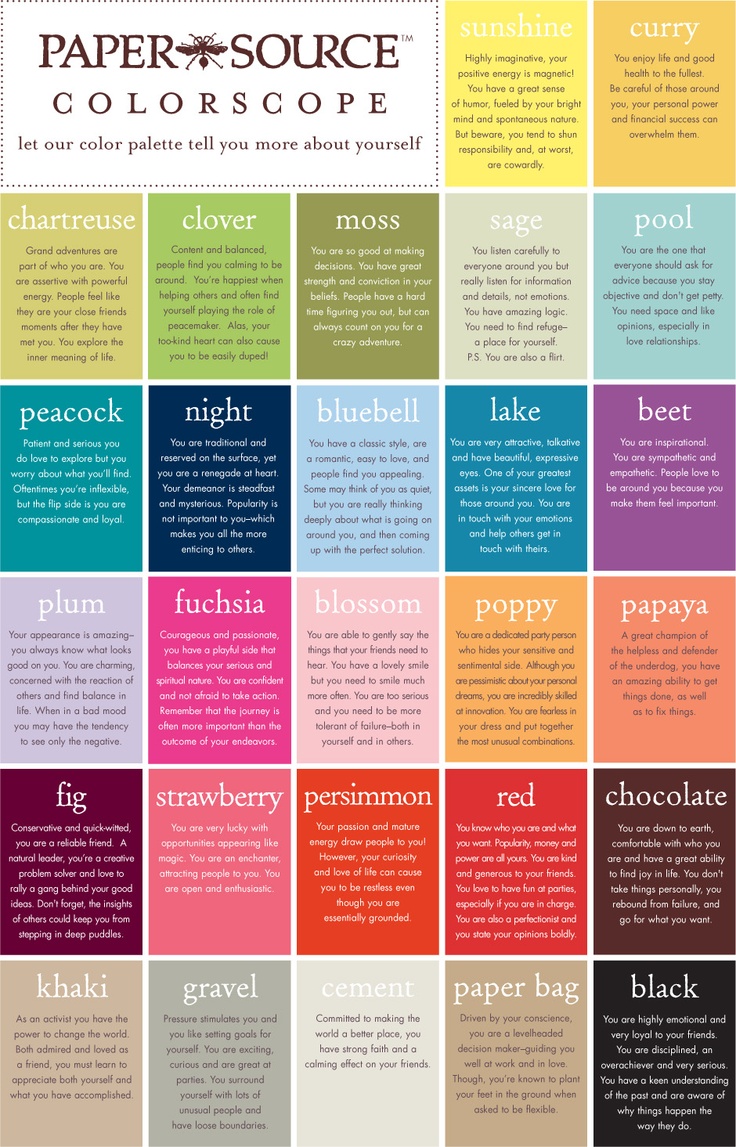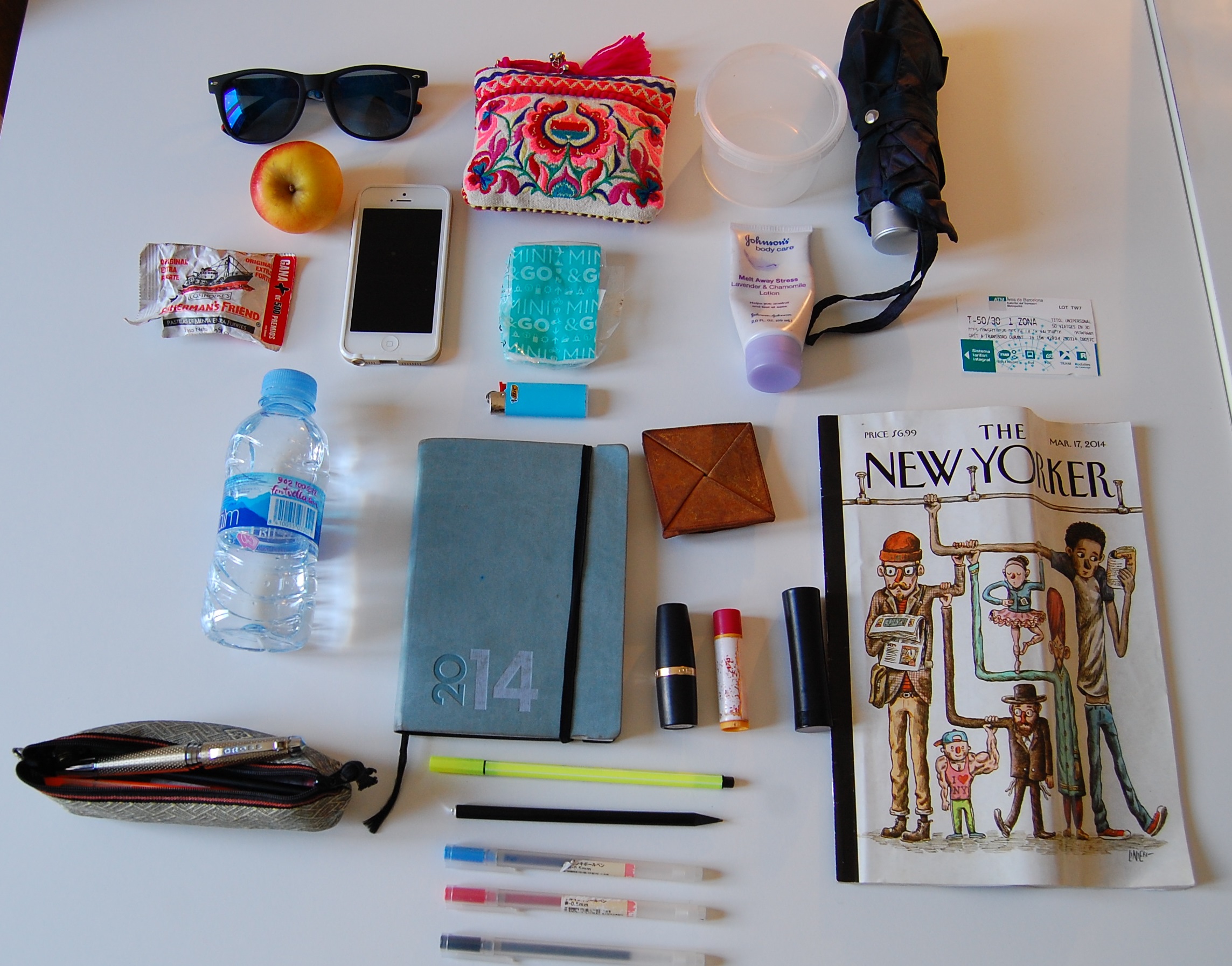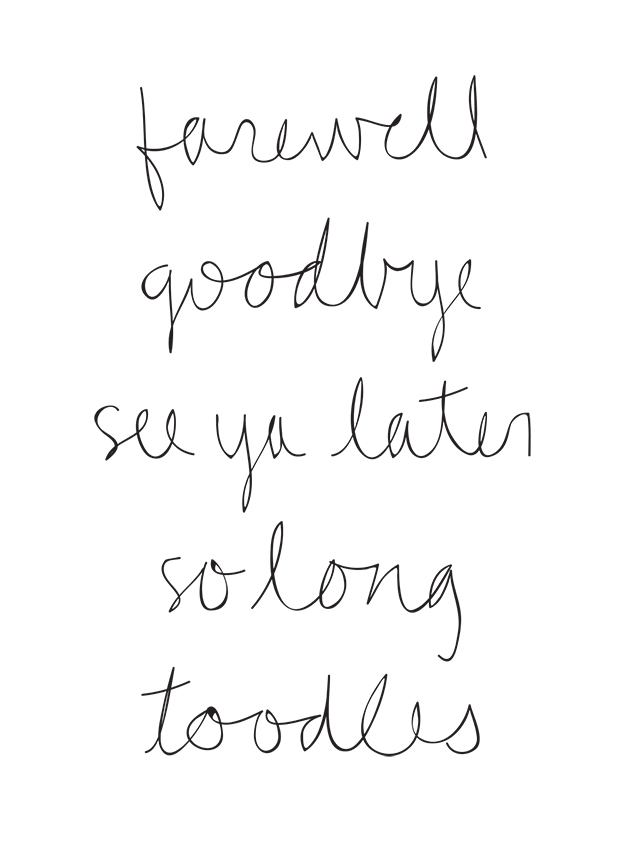
With summer coming along, it is time to set our tables outdoors, start up the grill and cook! But before we do, we want to know, what is in the back of your fridge? We all do Spring cleaning when it comes to our wardrobes, but how about our refrigerator? So tell us, what are those sauces and dishes that have been hibernating in your fridge all winter?
Lurking in our fridge are…
Madeleine:
A can of green peas (slight mould inside)
A jar of gherkins… Still ok I think….
2 carrots
A tub of margarine (1 year old)
Beet root
Claire:
A jar of hot, hot harissa paste (I’ve had it for years, but it never seems to go off! It just blows your head off when you eat it!)
Tupperware full of sweets (from Los Reyes in Llafranc on 6 January – I hid them from my kids so they didn’t turn into pure sugar!!!)
A massive bottle of HP Sauce (Very English!! A must have with bacon sarnies!)
A jar of sliced, pickled beetroot (it must be off by now!)
A leek
Heidi:
A jar of peanut butter (I am the only one who ever touches it)
A box of baking powder, or is it baking soda? To keep the fridge fresh…ha!
A bottle of Cava for emergency purposes only
Quite a few jars of sauces. I am a sauce lover, but I never seem to use them!
Old wilted carrot and lettuce leaves.
A slice of lard from late last year (I decided to stop eating meat over the New Year and it has not been touched since)
Now, tell us, what is in your fridge?
And if you are inspired, here are some inspiring blogs all about food. Happy Cooking!
A fabulous blog on places to eat in Barcelona: http://foodieinberlin.com/
http://www.mydarlinglemonthyme.com/
http://joannagoddard.blogspot.com.es/search/label/dips%20and%20sauces
http://sayyes.com/2014/05/easy-weeknight-meals-part-3.html
http://mimithorisson.com/
http://www.dinneralovestory.com/
Stay Tuned for our Market Tour Workshop!
Photo Source: http://cubiclerefugee.tumblr.com/post/12888846491
First off, let’s look at some key words to help you understand negotiations:
To Afford Something: to have enough money to pay for something
A Bargain/To Bargain: is an agreement between two or more people or groups as to what each will do for the other
A Proposal: A plan or suggestion presented to a group of people to consider.
A Commitment vs. A Compromise: This is a common mistake Spanish speakers make. A commitment is an obligation to do or deliver something while a compromise is when you get less than you wanted, but you also give less than you had expected.
Intermediary: Is a person who communicates between two parties during a negotiation process
To make or close the deal: agree to the contract and be signed by both parties
Party: Either side in a negotiation is known as a party
Tentative Solution: an agreement that depends on some conditions, so that it might not be a final agreement
The Terms of the Deal: What are the conditions of the contract
Trade-Off: an exchange process in which one side gives up partly on some issues in order to gain on other issues
And here are some useful expressions to keep in mind:
When you want to show you understand and or agree with someone:
I agree with you on that point.
That’s a fair suggestion.
You have a strong point there.
I think we can both agree that…
I don’t see any problem with/harm in that
When you want to politely disagree with someone:
I understand where you’re coming from; however,…
I’m prepared to compromise, but…
I’m afraid I had something different in mind.
From my perspective…
I can see why you say that, but I’d have to disagree with you there.
Could we consider another offer?
Bear in mind/Keep in mind that…
And when you are ready to make that deal or think it over (consider) the agreement:
Let’s leave it this way for now.
I’m willing to work with that.
I think we could both agree to these terms.
I think we should get this in writing.
If you don’t mind, I’d like to stop and think about this for a little while.
You’ve given me a lot to think about/consider.
Let’s meet again once we’ve had some time to think.
Finally, it is very important to consider who you are negotiating with. Each country/culture has their own technique and it is highly suggested you are prepared to expect different reactions. Take a look at this fascinating link on how to negotiate with people around the world:
http://www.businessinsider.com/communication-charts-around-the-world-2014-3
And a short video on negotiating:
https://www.youtube.com/watch?v=F3muOFrLaxQ&list=PLwh2W4PrDw1kzEziZTGhXt1cZroAfLw0g (Level B1)
Photo Source: http://philadelphia.corenetglobal.org/events/new-item?ssopc=1Some tips on how to be good at negotiating and getting what you want.
Right in time for Spring, can you hear the colors? First of all, which color most identifies you?
What if you couldn’t see color? What would you do? Watch this Ted Video by Neil Harbisson, Catalan raised but British born, who found a way to hear color with an Eyeborg!
And what if you could find what your color scope says about you? Click here and try it!
Finally, did you know that in American English we spell Color with an “o” and in UK English they add a “u”: Colour
Happy Spring Holidays to all!
What’s in Madeleine’s bag?
Bike lights
Sunglasses
Small packet of tissues
1 black pen (Muji)
Small mirror
T 50/30 travel ticket
iPhone
Business card holder
Keys (work and home)
Empty sweet wrappers from the office
Bottle of water
A bag of chargers and cables for my laptop and IPad (I always need a cable for something!)
2 notebooks for lesson planning and student records
A4 folder of worksheets and attendance sheets (heavy!)
Purse ( always full of coins)
Laptop
iPad
Lunchbox
X2 10 cent coins and x1 2 cent coin
Mittens
Scarf
An orange
What’s in Heidi’s Bag?
Oh boy, here we go:
iPhone
Sunglasses
Office Keys
House Keys
An Umbrella
Mini Card Holder used as wallet from Paris
Coin purse (a lovely gift from Morocco)
1 50/30 TMB Metro ticket
Agenda
iPad
Tupperware from lunch
A Cinnamon Tea Bag
2 Packets of tissue (you never know)
A pen/pencil case with—8 pens, 1 fountain pen for important signatures, two highlighters, two pencils, an eraser, a hairclip, and a pen for the iPad which I have never used!
TicTacs
Fisherman’s Friend Mints (the stronger the better)
Altoids
A copy of the New Yorker
Two lip balms, three lipsticks, face powder, face lotion with SPF 30, Aspirin, another hair clip, pencil sharpener, a tiny perfume bottle, tiny
Coins that have fallen out of the lovely coin purse
Lavender hand lotion for stressful moments
A scarf
A small 33cl bottle of water
A pen for emergencies (because the other 8 aren’t enough)
A pack of cigarettes and a lighter (yes, my secret is out, I smoke…)
Your Homework
So, what’s in your bag?
Last month we took a look at how to greet someone.
This month, we want to remind you how to say goodbye, which is always just as important to leave a lasting impression.
Farewell, is used only when you know you will never see the person again. Similar to Bon Voyage!
The most common expressions you will hear when someone says goodbye are (formal to informal):
If they say: You say:
Good-bye Good-bye
It was nice seeing you. It was nice seeing you too or Likewise
It was great/nice/ a pleasure meeting you. Likewise/You too
I’ve enjoyed talking with you Likewise/ Me too.
Stay in touch Will do/You too
I hope to see you soon Likewise/Me too
See you See you later!
Take Care! You too!
So Long! Alright then, have a good one!
We also like to wish our listener a good day/weekend/trip:
Have a great day! You too/Likewise
Have a safe flight/trip. Thank you*
*(if you are the only one travelling simply say thank you…if they are also travelling you can say, “ you too”.)
Enjoy the rest of the day! Thanks, you too!
Finally, if you are in a conversation that you need to get out of or you are in a hurry to leave:
I’m really sorry, but I have to leave. Of course, we’ll talk later.
I hate to interrupt, but I must go. No problem.
Oh, look at the time! I should get going. Okay. We’ll catch up later.
I really must be going Yes, me too. Have a nice day!
It’s getting late. I need to go. It is, nice talking with you.
Here’s a mini test for you to try
Photo Source: http://colormecaitie.blogspot.com.es/2013/07/weekly-doodle-44.html
We are excited to announce the first in a series of workshops to help you use English outside the class. It is not always easy to use English on an everyday basis, so we want to offer you the opportunity to enhance your learning experience.

Have you ever wanted to go to an exhibition and share your thoughts and feelings with others in English?
We invite you to join us on Saturday, April 26th from 11-13h at La Pedrera Foundation to visit a photography exhibition by Colita (Isabel Steva Hernández).
We will provide you with helpful material to guide you around the exhibition and then meet back at our office to share your insights (knowledge) with others.
50 people 1 question
Spring is slowly making its arrival and so this week’s question is: If you could wake up anywhere, where would you wake up?
Before you watch these people in London give their response, what would you guess most answers are?
London (B1 and up)
And then in New York City (B1 and up)
Are there any cultural differences? Do you think the city affects their answers?
Have you ever had one of those moments when you are introduced to someone, you say hello and then the conversation dies? Not a good feeling. Here are some tips to remember when we are greeting someone:
If they say: You Respond With:
-How do you do? (Formal) – How do you do?
-How are you? -Fine thanks. And you**?
-How are things going? -Great, busy, but great. How ‘bout you?
-Hi/Hello! – Hi! Good to see you
-Hey! How you doing? (Informal) -Hey, great! See you!
**this is very important! Always respond with a final “and you?”…it keeps the conversation going.
And for more formal, business greetings:
If they say: You Respond With:
Hello, my name is……….. Hello my name is …………….
It’s a pleasure/Nice to meet you …………. It’s a pleasure/Nice to meet you too
And remember to pay attention to the difference between: How do you do? What do you do?
It is now common to reply to “How do you do?” with “I’m fine, thank you.” But in the past, businessmen in the UK would have just repeated the same phrase, “How do you do?” with “How do you do?” and whilst tipping their hat, they would go on repeating! Although, in very formal settings, you can still reply with “How do you do”.
Did you know?
We use to meet someone when it is the first time. After, you need to use to know.
• When did you two meet? Last summer, at a business conference.
• How long have you two known each other? For ages, at least 15 years!
A short video on how to greet someone: Greetings Video (A2 and above)
And don’t forget to double check how they greet in each culture: Wall Street Journal
Photo Source http://life.time.com/history/jfk-in-texas-photos-from-before-and-after-the-killing-of-a-president/?iid=lf|mostpop#4
We know most of you don’t celebrate Valentine’s Day and you probably call it a “Hallmark” holiday (aka Corte Ingles Holiday) but we can’t help showing you a little history on this very romantic day…
The History of Valentine’s Day (Level B2 and above–advanced vocabulary)
An Easy Step by Step Story (Level B1 and above)
See if you can answer these questions (in reference to the first video):
1. What did the Roman Pagans sacrifice and why?
2. In what century was St. Valentine’s declared?
3. What did Emperor Claudius II Ban? And why
4. Who would visit Father Valentine and why?
5. How much money does the holiday bring in annually to the USA, thanks to Cupid?
Photo Source: http://addictedtoconsumerism.tumblr.com/post/74047975663
So, how big do you think your vocabulary is? Take this http://testyourvocab.com/ to find out
And if you scored low, try keeping track of new words on this great app: http://quizlet.com/
Finally, to make sure you know your vocabulary, try this emotions test. How good are you at reading people?
New studies prove that the more you read, the better you will understand emotions. Do you agree?
photo source: http://theorphanbutterfly.tumblr.com/post/19210072457








